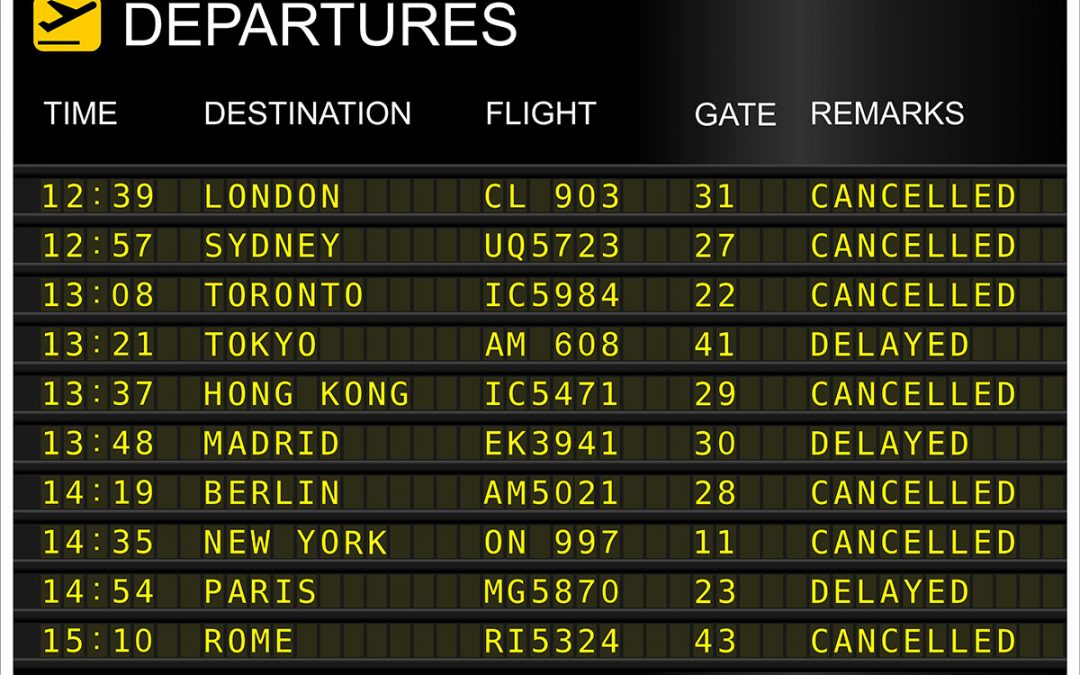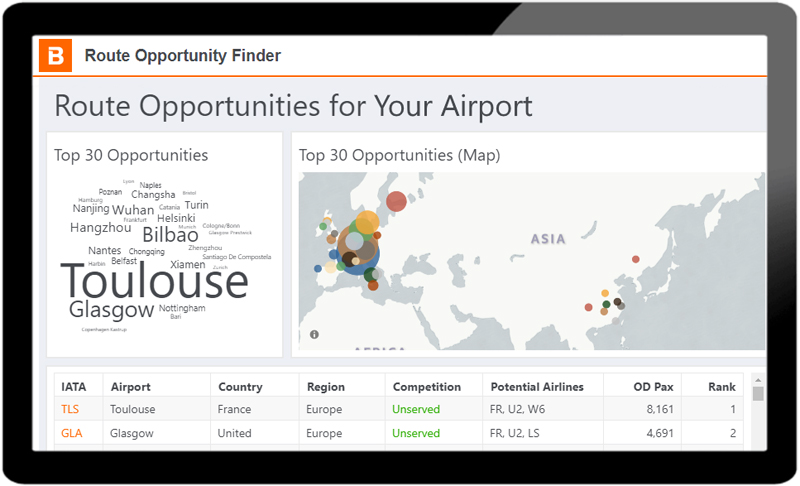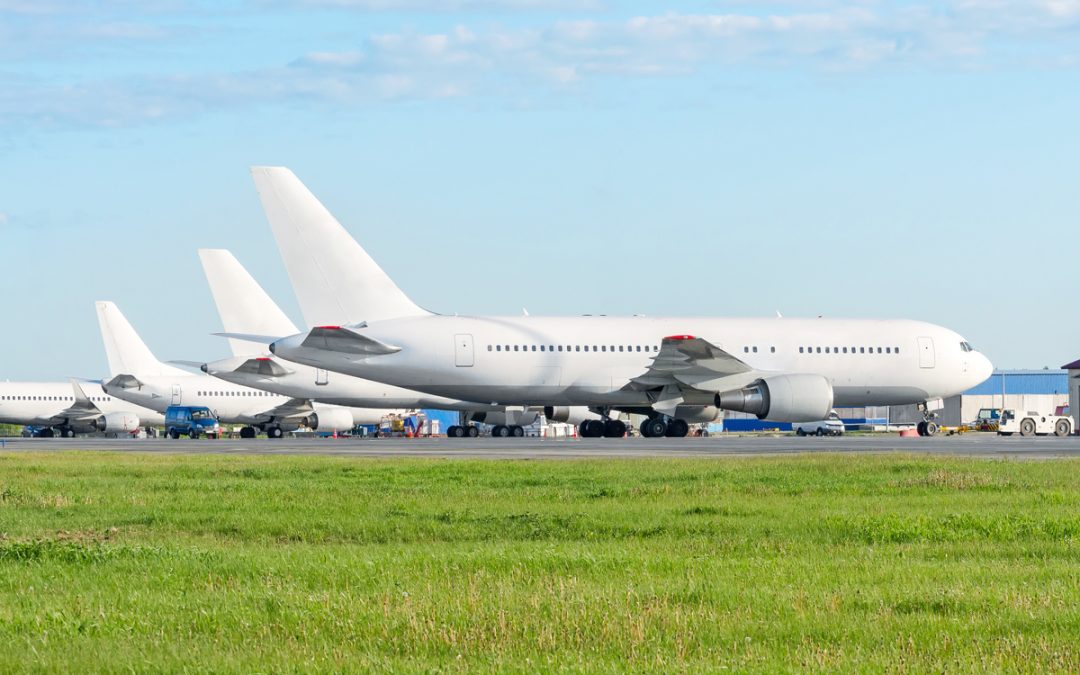No Results Found
The page you requested could not be found. Try refining your search, or use the navigation above to locate the post.

The current pandemic of the novel coronavirus and the subsequent rapid spread of COVID-19 have disrupted the regular operations of all our businesses. We are no exception to that and have already taken steps in the past weeks to ensure the safety of our employees and continuity of our service to you, our customers.
We understand that this is an utmost exceptional time for both you as our customers and for us as a team. We are continuing to look at ways we can help you with the rapidly changing situation within the aviation industry.
Our operations are continuing and, at this time, we see no significant impact in our ability to support our customers during this critical time. We are available as you are used to and will be just as responsive as always to your needs.
You need further assistance? Please contact us via support@beontra.com.
Wishing you all a safe and healthy time over the coming weeks.
Your BEONTRA Team
The page you requested could not be found. Try refining your search, or use the navigation above to locate the post.

IATA recently revealed its “Impact Assessment of the Novel Coronavirus” where they analysed the potential impact of the health epidemic on the global and regional aviation markets through multiple what-if scenarios. The sharp decline in flight ticket bookings and the quick spreading the virus forced airlines to start cancelling flights in vast numbers that in turn significantly reduces the number of passengers and aircraft arriving to airports.
This in turn is expected to have a negative economic impact between $63 and $113 billion. As the virus is still spreading, we are yet to see its overall effect on the airports’ flight schedules and predicted passenger numbers. Therefore, just like IATA, airports also need to prepare multiple what-if scenarios to understand how much they would be disrupted.
As many of BEONTRA’s airport customers are affected by this situation, BEONTRA has activated its Cancellation Rate feature free of charge for the duration of this health epidemic. All community members using B Tactical for their Flight Schedule Management or Budget Forecasting tasks will benefit automatically. Hopefully, the feature will be of help to prepare for the highly unexpected and severe effects of the Coronavirus on their operations.
With this feature, the user can select for which set of flights which absolute number or percentage of flights need to be cancelled and for what period of time. Use it in combination with the standard bulk changes on expected aircraft types and seat load factors to create multiple scenarios within minutes and allow for aligned decision making.
BEONTRA hopes that even in these difficult times, airports can plan their business processes in a way that is efficient and will make most of the situation. We would like to encourage you to contact us at support@beontra.com in case you need further assistance with your planning tasks as we are here to help you wherever we can.
The page you requested could not be found. Try refining your search, or use the navigation above to locate the post.

Research conducted by BEONTRA reveals that more than half of all newly introduced routes have an origin-destination (OD) market size below 1,000 passengers prior to the opening. This finding proves that the common approach to use OD demand data to identify potential new routes, is not effective for a large number of markets. Following discussions with analysts from leading airlines, BEONTRA has developed a method which takes the bigger picture into account. It will be available as a new feature in the B Route Development solution in March 2020.
Unserved short-haul markets often lack substantial existing traffic
OD market data are widely accepted by airports and airlines and play to their strengths in the analysis of established markets or large unserved markets. However, especially for short-haul destinations and emerging markets, the current market size on unserved routes is often too small to be a meaningful indicator for the viability of a non-stop service.
Many point-to-point airlines rely on route benchmarking
Due to the limited significance of OD data, airlines specialized in point-to-point services, such as low-cost carriers, often take their decisions based on a benchmark of routes. From their revenue management system, they know which of their existing routes are most profitable and they look out for potential markets with similar characteristics. Besides traffic data, the most frequently examined criteria are competition and catchment demography.
New BEONTRA feature ranks opportunities and proposes potential carriers
To enable airport route development teams to objectively judge market opportunities, BEONTRA is introducing a new feature to its route development solution. The “Route Opportunity Finder” automates route benchmarking and creates a ranking of potential new air services. The algorithm analyzes more than 50,000 actual airlines routes, which have been introduced in the past 10 years, and compares them against the characteristics of potential new destinations for your airport. Criteria used include traffic structure and competition as well as demographic data, such as catchment population and GDP.
The resulting ranking of promising routes reflects the airlines’ preferences derived from their market activity. Also, a recommendation of potential carriers, which could serve the route is provided. This amazing feature does not only save you time, but also eliminates your blind spot and makes you aware of markets which you might not have thought of.
About B Route Development
With this new feature, BEONTRA’s B Route Development product covers the full scope from the discovery of route opportunities to the creation and presentation of fully-fledged airline business cases. More than 30 airports world-wide put their trust in B Route Development, which is built on industry standard data sources, such as Sabre Global Demand Data, flight schedules and airline unit cost information. Find out more about B Route Development.
Interested? Contact us today for a free demo
The page you requested could not be found. Try refining your search, or use the navigation above to locate the post.

Last week BEONTRA attended the “Digitally Connected Airports Conference” hosted by Eurocontrol & ACI in Brussels. At this well-organized event, the European aviation community discussed the trends & challenges imposed on the industry in order to meet the future capacity demand.
With an expected growth of 48% in 2040, the slot-constrained aviation system is under extreme pressure to increase capacity. The growing consciousness around climate change and the EU green deal that was officially presented yesterday force airports to only consider expansion plans that do not have a negative impact on the environment.
Key take-aways the audience was briefed on to master this challenge were:
BEONTRA contributes to these take-aways and is committed to the overall challenge of increasing capacity in a sustainable manner. Over the next months, we will fast-track and evaluate several ideas raised by our internal innovation platform process. Whether it affects your budget forecast, terminal capacity management scenarios or strategic development plan, BEONTRA will provide you with the transparency required to take sound and aligned decisions.
Contact us or request a free demo to find out more about how BEONTRA can support your airport.

Last week’s IATA’s Economic Chart of the Week indicates that regional traffic in the Asia Pacific region is likely to decline significantly due to the recent outbreak of the Coronavirus (COVID-19). In an unfortunate scenario, more carriers in the Asia Pacific region can cancel more flights. This would increase the negative impact on the air traffic demand at the rest of the world’s airports. In such scenario, traffic patterns shift due to the cancellations, new security regulations are introduced which are all contributing to a working environment that is different from what people are used to.
Adjust your immigration queueing predictions & communicate the plan regularly
Due to the medical checks of arriving passengers right after landing, the arrival time of these passengers at the immigration and passport control check points can significantly change. Border officials might not be present in sufficient numbers at the right time to deal with the increased workload which could result in hour-long queues, unhappy passengers and increased health risks as a result of a high density of passengers in small areas. For that reason, when creating the plans, it is important to adjust the processing time for passengers of affected flights or modify some processes and share the adapted staff requirement with the border forces to flexibly manage the passenger queues. By using multiple scenarios in stakeholder discussions, you can jointly identify the best way to handle the upcoming situations.
Increase your situational awareness for on-the-day disruptions
Disruptions combined with unusual days of operations involving additional medical checks can result in more unexpected events on short notice. Short-term (near real-time) predictions of such irregularities can prepare your Airport Operations Control Centre (AOCC) and your duty managers for the unexpected events so they can take immediate preventive action. Create regular (every 15-30 minutes) predictions for the upcoming few hours related to your expected passenger flows and queueing phenomena to avoid bottlenecks in the terminal or on the apron.
Adjust your aeronautical budget forecast accordingly
Flights during a health epidemic are either cancelled or are operating with a lower seat load factor compared to an average day of operation due to a lot of passengers cancelling their trips. This introduces noise into your historical traffic data, which must be properly filtered out when creating your budget forecasts for the upcoming financial year. Whether you are taking a manual or an automated forecasting approach, marking these days as faulty and excluding them from your predictions is vital for an accurate budget forecast. Accordingly, your aeronautical revenues might decrease during a health epidemic, but it is crucial to understand that it is only a temporary phenomenon.
Make the most of the situation
Flight cancellations and fewer passengers can also be an opportunity for your airport to improve the usage of existing infrastructure or to plan and conduct necessary maintenance or construction tasks.
Fewer aircraft can be allocated to fewer aircraft stands, so re-adjusting your stand allocation for the affected time period can significantly improve your pier-service ratio, usage of preferred gates or give you the flexibility to do routine maintenance on some of your stands. The same applies for some of your terminal areas as your airport temporarily needs to handle less passengers, making this time suitable to prepare upgrades without significant disruptions.
Conclusion
Disruptions in your traffic demand can catch you by surprise, but that doesn’t mean that you end up with a severely negative impact. Assess the situation from multiple angles and create multiple what-if scenarios to map out all your options and choose the one that you feel most comfortable with. Additionally, don’t forget that such occurrences can enable you to carry out tasks that you would not optimally be able to do during normal operations, such as maintenance activities. At the end, it is how you respond to change that matters.